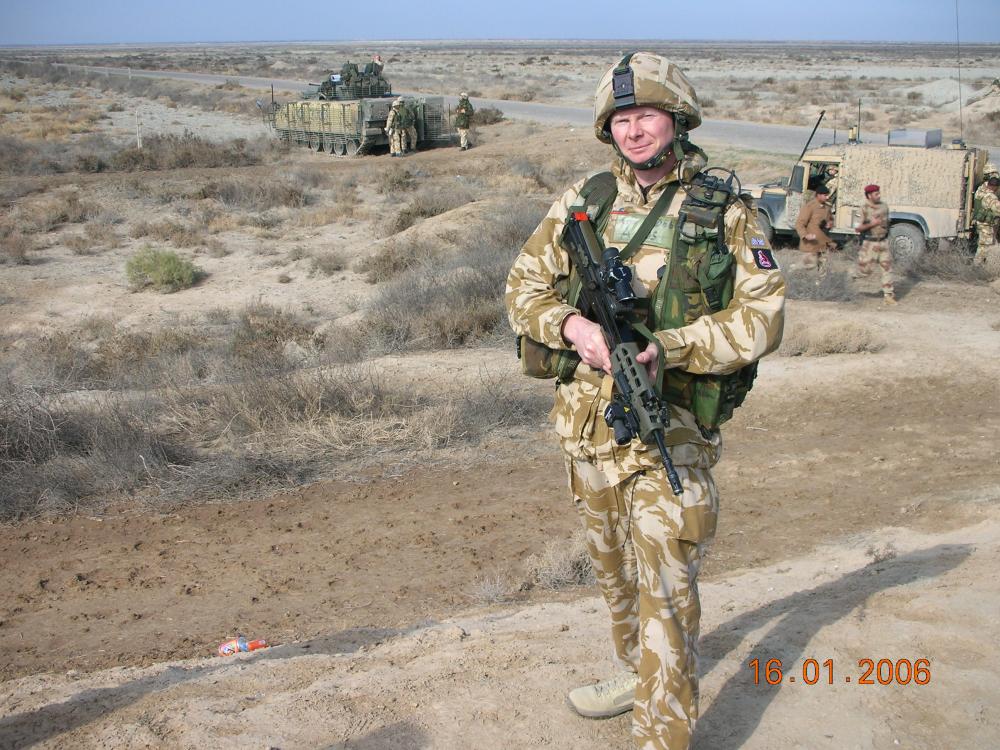Medical equipment is an integral part of the hospital. It's hard to imagine a hospital without all of the latest gadgets and gizmos. But what exactly are these machines used for? And how do they work? This article will look at some of the most common medical devices under different categories in hospitals today and their uses.
Surgical Equipment
Surgical equipment is used in operations to help the surgeon perform the procedure. There are various types of surgical equipment, and each one has its unique benefits. Apart from the primary instruments used, such as scalpels, saws, clamps, and retractors, helping the surgeon make incisions, cut through tissue, hold objects in place, and retract organs. There are other, more advanced types of equipment used.
Anaesthesia Devices
They are used to keep the patient unconscious and free of pain during surgery. There are two types of devices, inhalation and intravenous. Inhalations mean patients breathe in anaesthetic gas through a mask or tube. Intravenous is administered by direct injection into a vein using either an automated pump or a manual syringe.
This equipment is a must-have in the operation theatre. Hospitals can opt to buy a new or a refurbished anesthesia machine from trusted companies with experience in this area. The device chosen will depend on the type of surgery to be performed and the budget. Selecting the correct type of machine is essential for providing quality patient care.
The machine is an essential part of the surgical team. It monitors and controls all aspects of drug delivery to the patient. This includes:
- Monitoring heart rate, blood pressure, and respiration
- Measuring oxygen levels in the blood
- Regulating anaesthesia gas flow
- Controlling the amount of anaesthesia given to the patient
- Ensuring that gas is inhaled and exhaled from the lungs
- Injecting drugs, such as painkillers or muscle relaxants, into a vein using an automated pump or manual syringe.
Orthopaedic Equipment
During surgery, this type of equipment supports the body, makes incisions, and holds bones in place while they heal after a fracture or reset following an operation. The purpose of orthopaedic surgical tools is to make sure that all broken bone fragments are appropriately aligned before being immobilised with a cast or brace.
Electrosurgical Devices
They use high-frequency currents to create heat. This heat is used to cut through tissue or stop bleeding. There are various types of electrosurgical devices.
Ventilator
A ventilator that regulates oxygen flow into the lungs through artificial airways; endotracheal tubes, A heart rate monitor that detects any changes in heart rate, A gas analyzer that continuously monitors the concentrations of different gases, such as oxygen and carbon dioxide, in the blood, and A temperature monitor to ensure the patient's body temperature remains stable.
Medical Lasers
They are used to remove tumours or lesions, seal blood vessels, and stop bleeding. Lasers can also be used to cut through tissue without damaging nearby structures. This type of equipment is beneficial because it:
- It can cause minor damage than traditional surgery methods
- Is accurate and precise
- Has a low risk of infection
Lift Tables
They are used to move a patient from a wheelchair or bed into an operating table, CT scan machine, MRI scanner, and other medical equipment. The type of lift chosen depends on the weight capacity needed for transferring patients.
Laboratory Equipment
This medical equipment category includes a range of devices used for various types of tests. They are often the first line in diagnosing illnesses and diseases, as doctors look at blood samples or urinalysis to determine what's going on with the patient.
Some examples include:
Lab Centrifuge
It uses centrifugal force to separate components within a liquid. It is used in the medical field to separate blood cells from plasma and tissue culture and semen analysis.
Microscope
A microscope is an instrument that magnifies objects up to 1000 times their size, so a doctor can view them.
Microplate Reader
This device detects changes in colour formation caused by chemical reactions between substances being tested for antibiotic susceptibility or gene expression studies. It is also used to monitor any changes in blood cells, including red and white cell formation.
Polymerase Chain Reaction (PCR) Machine
A tool amplifies specific DNA segments by multiplying their numbers up to 29 million times. It enables doctors to test for genetic diseases or medical conditions with a simple saliva swab, blood sample, or tissue biopsy.
Rotary Evaporator
A device that concentrates a fluid by boiling it and turning the vapour into a condensate through exposure to cold surfaces outside the machine. It is used in research laboratories to concentrate samples containing proteins and nucleic acids such as DNA and RNA to be analysed.
Blood Gas Analyzers
They are used to measure oxygen, carbon dioxide, and other gases in the blood. This information helps diagnose respiratory problems, heart attacks, and other medical conditions.
Imaging Devices
Medical imaging devices are an essential part of the medical field. They are used to help doctors diagnose and treat patients. There are many different types of medical imaging devices, and each one has its unique benefits.
There are different medical imaging devices are:
Radiology
They are the most commonly used medical imaging devices to create images of the inside of the body using ionising radiation. This type of device is beneficial because it can show doctors a variety of information about the patient, such as:
- The size and shape of organs
- How well they're functioning
- Whether there are any tumours or masses
- The location of any foreign objects
Ultrasound
It is used to create images of the body. This type of device uses sound waves to produce an image. Ultrasounds are often used in pregnancies to view the unborn baby. They are used to see:
- How many babies are in the womb
- Their position and development
- The health of the mother and baby
MRI and CT Scans
They use magnetic fields and radio waves to create an image of the inside of the body. MRI images are created by aligning atoms, while CT scans use x-rays that pass through different layers to create cross-sectional views. These devices used have a variety of purposes, including:
- Finding tumours or other masses
- Determining the size and shape of organs
- Checking the health of the brain or spinal cord
- Detecting infection or inflammation
Medical imaging devices are constantly improving with new technology. For example, doctors are now using portable ultrasound machines anywhere in the hospital, allowing them to get a quick diagnosis without waiting for a radiology scan.
There are many different types of machines used in hospitals. Each one has its unique benefits and is essential for providing quality patient care. Hospitals should carefully choose the type of machine they buy based on the needs of their patients. Selecting suitable devices is vital in providing quality care to patients.








